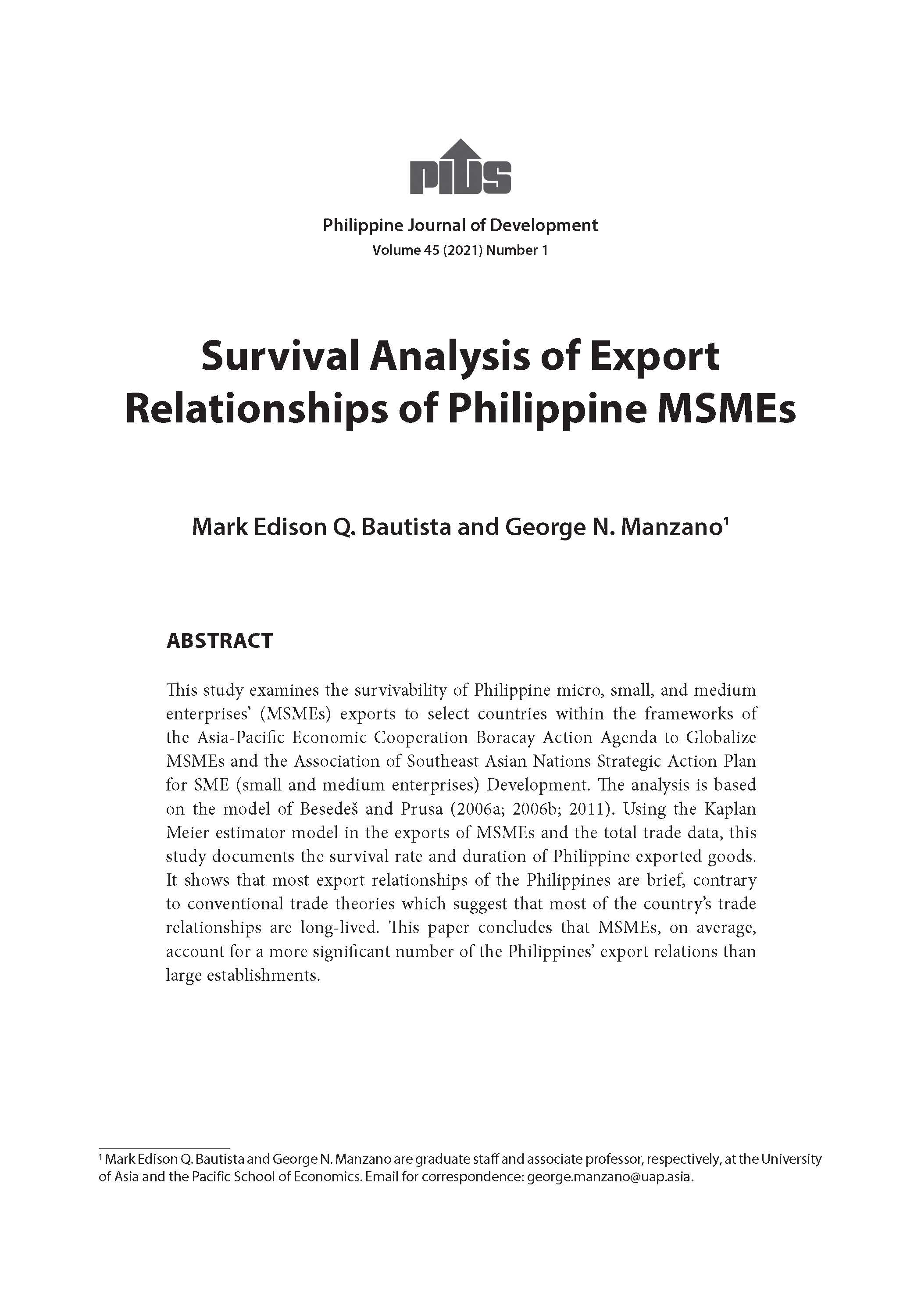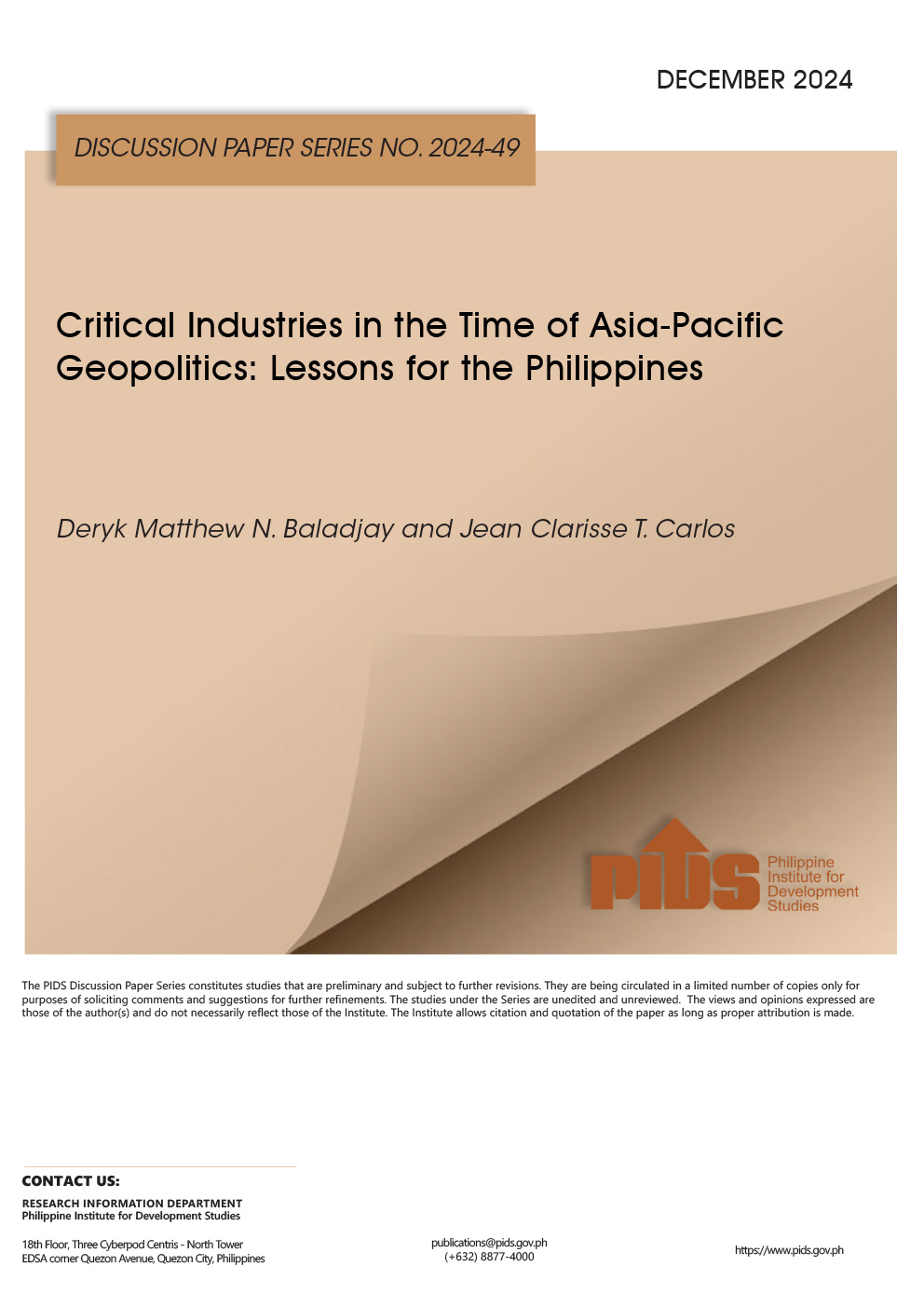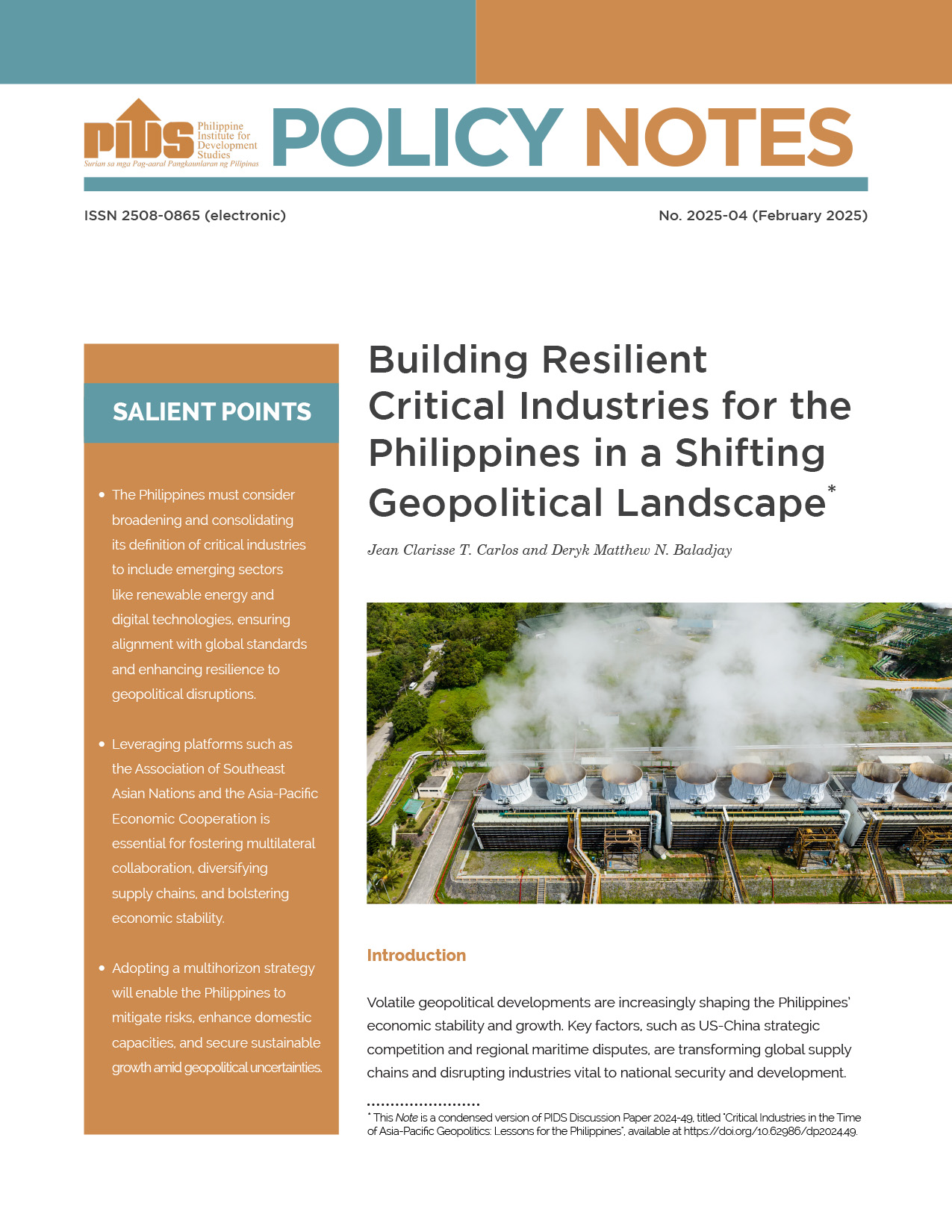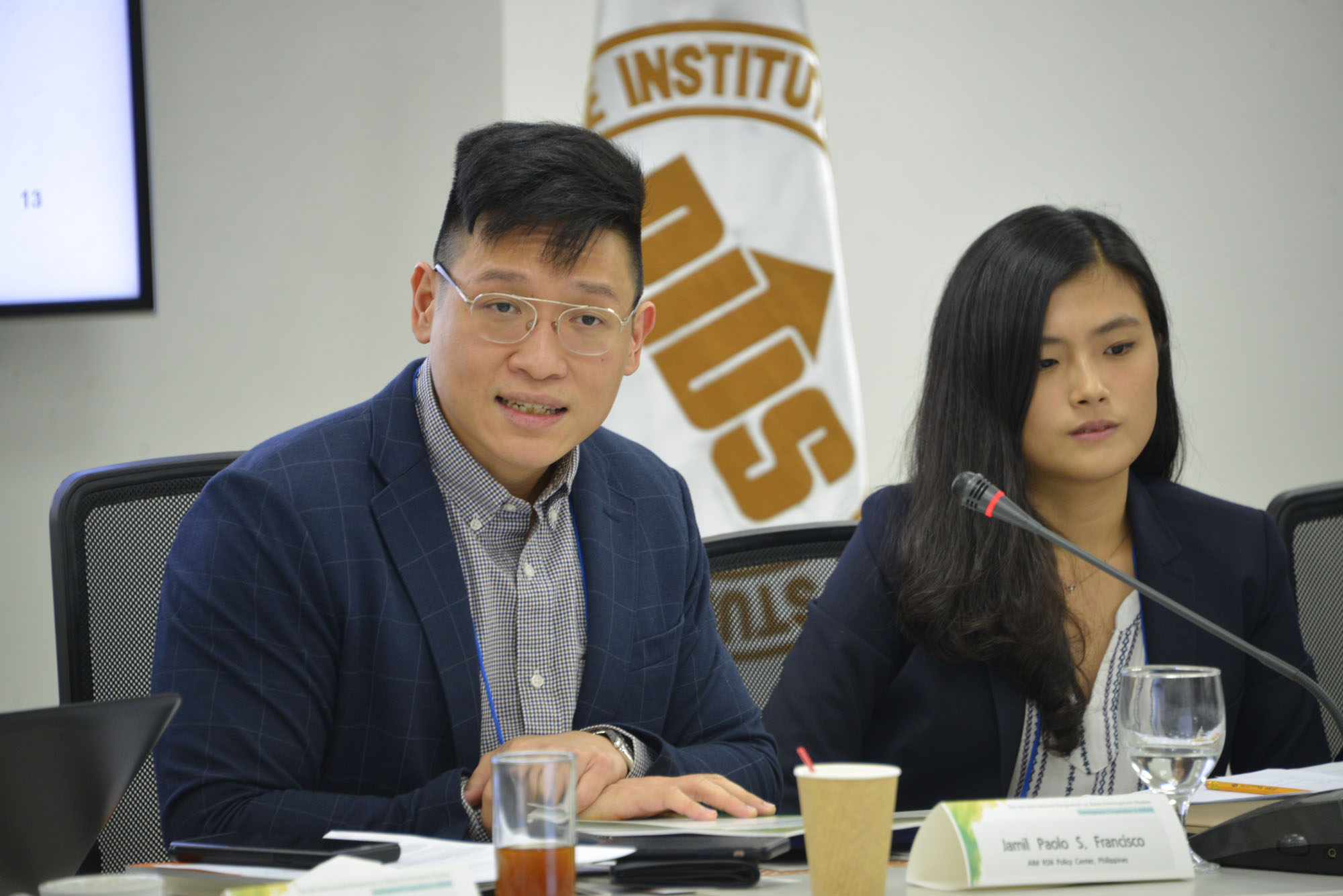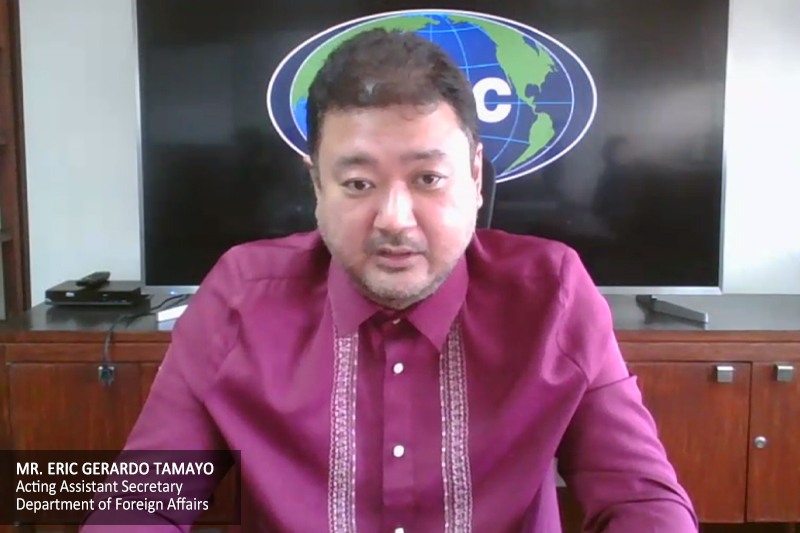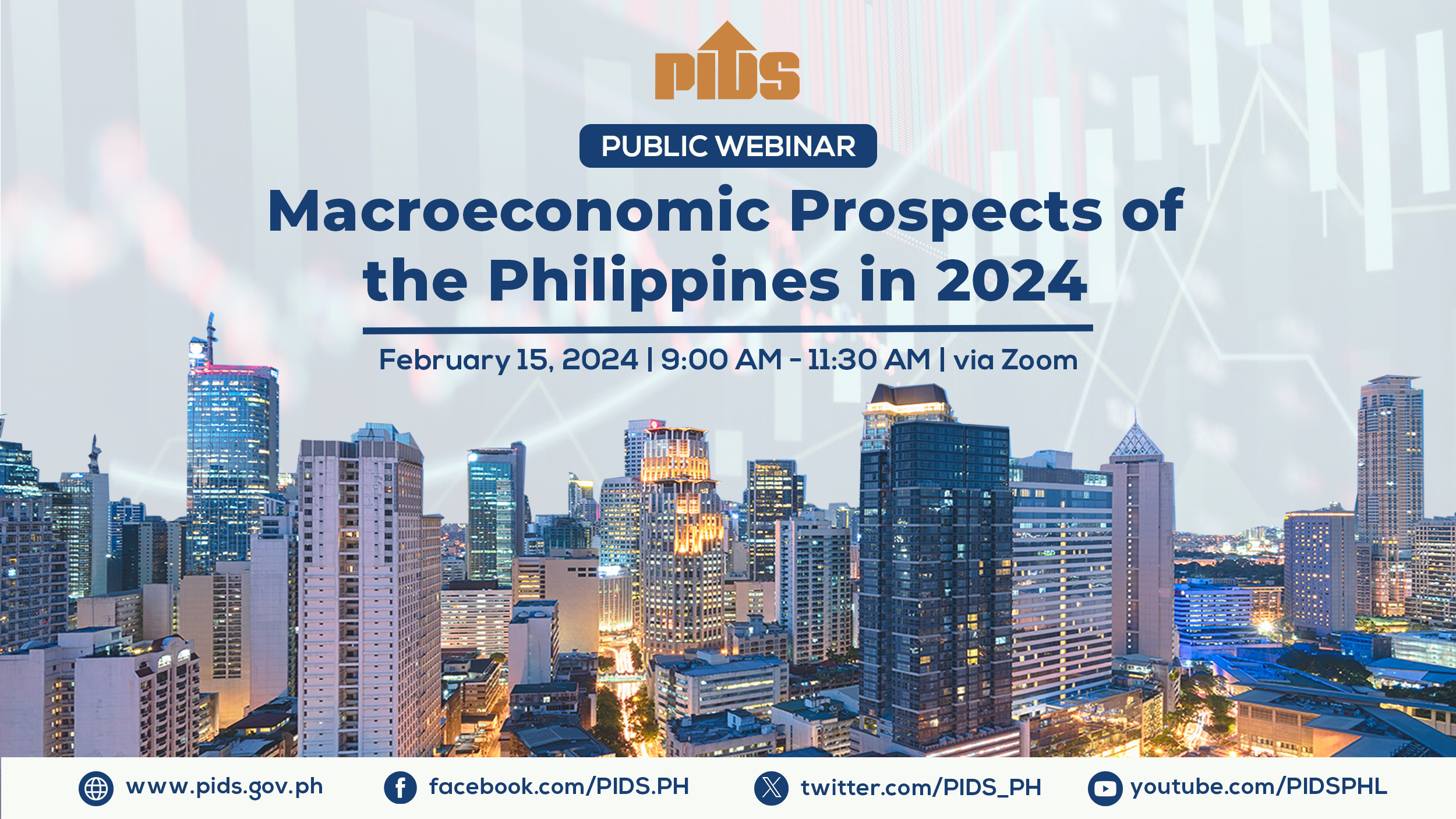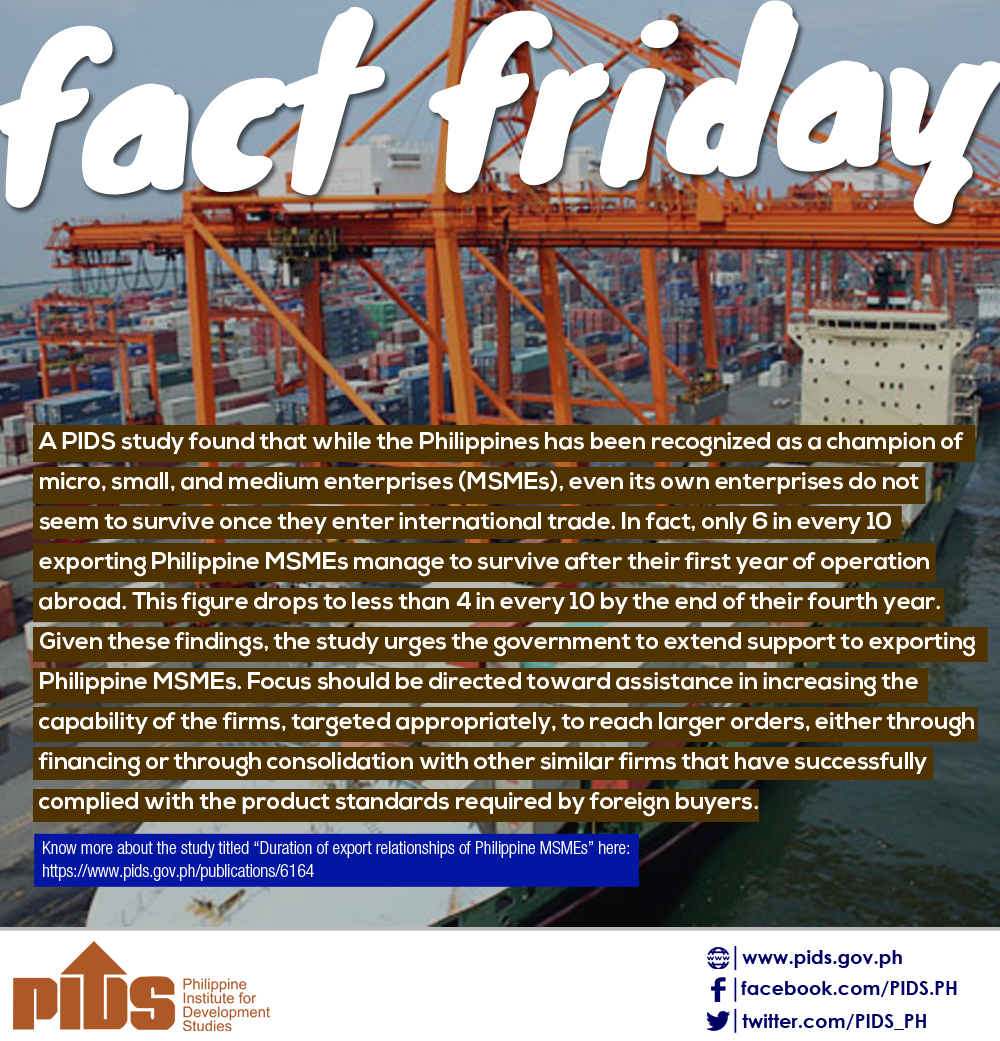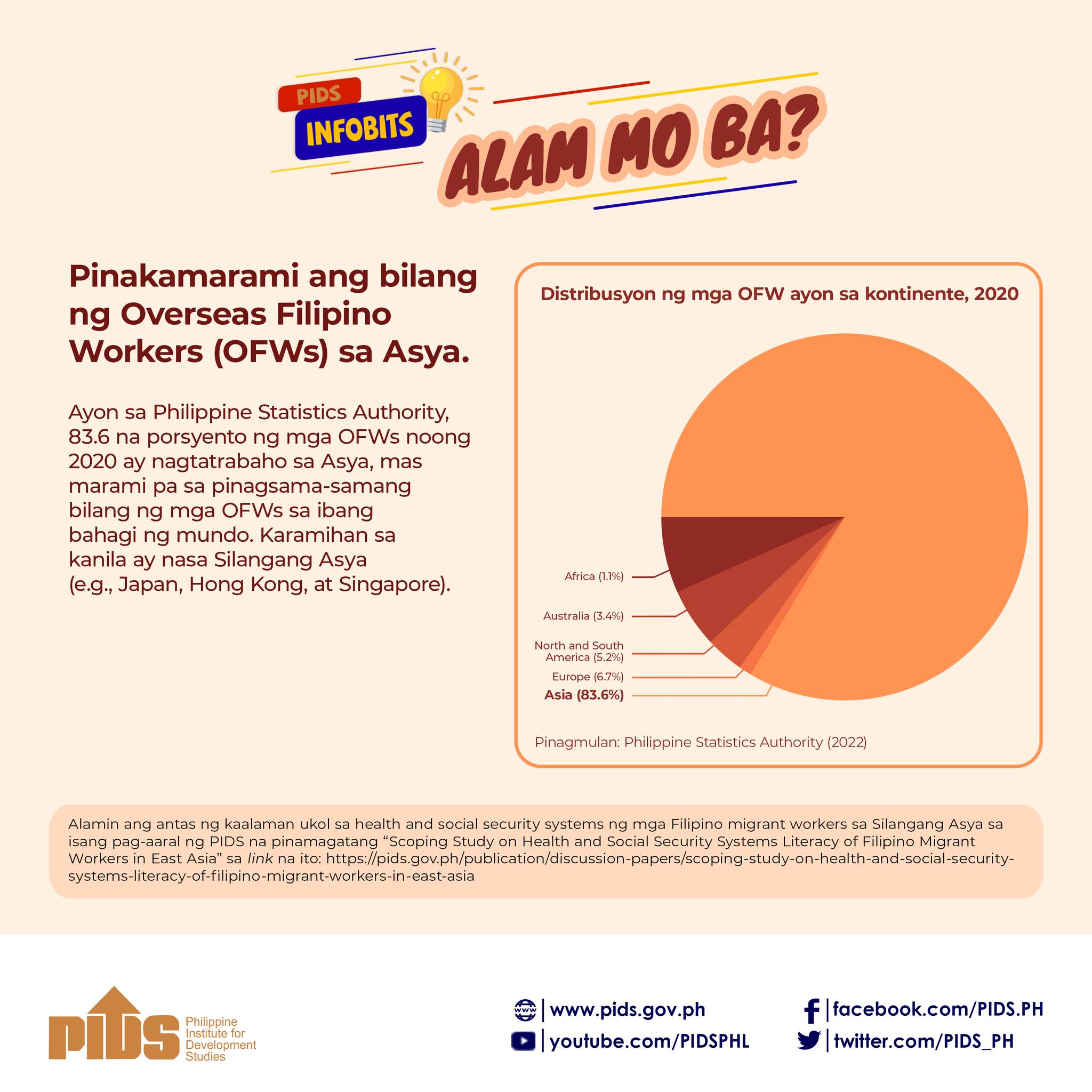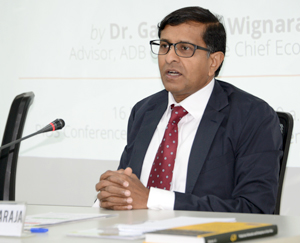
Despite the dramatic decline in global trade coupled with protectionist forces in advanced global economies, exports will remain a major growth driver for most Asian economies such as the Philippines, according to an economist from the Asian Development Bank (ADB).
In a forum organized by state think tank Philippine Institute for Development Studies, Ganeshan Wignaraja, advisor at the ADB Office of Chief Economist, dispels speculation that exports slowdown will lead to an end of Asia’s era of export-led growth, saying that this projection is “overdone”.
According to Wignaraja, much of the weak import demands from the advanced economy markets is likely to be temporarily and partially reversed as their recovery gathers momentum. He emphasized that Asian countries can, in fact, lead global trade in years to come. But this, he added, requires a deeper understanding among policymakers about the causes of the export slowdown and the policies that could foster new trading opportunities.
Wignaraja attributed the export slowdown in developing Asia to three major factors: (1) the weak import demand for Asian goods in advanced economy markets, (2) the structural transformation and reduced import demand from China, and (3) the possible impact of increasing nontariff measures (NTMs).
He, however, argued that there are trading opportunities that developing Asian economies can profitably nurture. For example, he cited some new trading opportunities from China’s rebalancing and moving up the global value chain (GVC).
“China’s transition to higher domestic value added and innovation means the development of more technologically sophisticated GVCs in East Asia. As some of China’s labor-intensive GVC production stages migrate to lower-cost locations in the region, small and medium enterprises (SMEs) will have a greater role as direct or indirect exporters,” Wignaraja explained. This will also result in the expansion of services exports across the region including digital trade, financial services, and professional services.
To benefit from these new trading opportunities, the Philippines and other Asian countries, must put in place reforms to reduce behind the border barriers by upgrading skills, enhancing SME financing, investing on and upgrading seaports, logistics, and digital infrastructure, among others.
In the Philippines, Wignaraja particularly cited the need to improve roads and ports to encourage more tourists to visit the country. He also pointed out the need to further improve the ease of doing business to attract more investors, and bring down the high cost of electricity, which is an important input in manufacturing.
Enhancement of the services industry is also an area that the Philippines can explore. The Philippine business process outsourcing (BPO) sector, according to Wignaraja, must go beyond jobs that can be easily displaced by artificial intelligence or robotic technology. Instead of focusing on low-skill, labor-intensive jobs, the local BPO industry, he suggested, must upgrade its offering to high-skill services such as IT engineering and software programming.
Lastly, Wignaraja advised Asian countries to resist protectionist measures. Instead, they should continue to liberalize goods and services trade by reducing import tariffs and conducting better surveillance of NTMs, especially in the area of sanitary and phytosanitary measures and technical barriers to trade.
“The Philippines as chair of the ASEAN Summit this year is in a strategic position to push for the Regional Comprehensive Economic Partnership (RCEP),” Wignaraja stated. He added that the realization of RCEP, a proposed free trade agreement among the 10 ASEAN countries, China, India, Japan, South Korea, Australia, and New Zealand, would greatly help in promoting free flow of trade and investments in the region. #
In a forum organized by state think tank Philippine Institute for Development Studies, Ganeshan Wignaraja, advisor at the ADB Office of Chief Economist, dispels speculation that exports slowdown will lead to an end of Asia’s era of export-led growth, saying that this projection is “overdone”.
According to Wignaraja, much of the weak import demands from the advanced economy markets is likely to be temporarily and partially reversed as their recovery gathers momentum. He emphasized that Asian countries can, in fact, lead global trade in years to come. But this, he added, requires a deeper understanding among policymakers about the causes of the export slowdown and the policies that could foster new trading opportunities.
Wignaraja attributed the export slowdown in developing Asia to three major factors: (1) the weak import demand for Asian goods in advanced economy markets, (2) the structural transformation and reduced import demand from China, and (3) the possible impact of increasing nontariff measures (NTMs).
He, however, argued that there are trading opportunities that developing Asian economies can profitably nurture. For example, he cited some new trading opportunities from China’s rebalancing and moving up the global value chain (GVC).
“China’s transition to higher domestic value added and innovation means the development of more technologically sophisticated GVCs in East Asia. As some of China’s labor-intensive GVC production stages migrate to lower-cost locations in the region, small and medium enterprises (SMEs) will have a greater role as direct or indirect exporters,” Wignaraja explained. This will also result in the expansion of services exports across the region including digital trade, financial services, and professional services.
To benefit from these new trading opportunities, the Philippines and other Asian countries, must put in place reforms to reduce behind the border barriers by upgrading skills, enhancing SME financing, investing on and upgrading seaports, logistics, and digital infrastructure, among others.
In the Philippines, Wignaraja particularly cited the need to improve roads and ports to encourage more tourists to visit the country. He also pointed out the need to further improve the ease of doing business to attract more investors, and bring down the high cost of electricity, which is an important input in manufacturing.
Enhancement of the services industry is also an area that the Philippines can explore. The Philippine business process outsourcing (BPO) sector, according to Wignaraja, must go beyond jobs that can be easily displaced by artificial intelligence or robotic technology. Instead of focusing on low-skill, labor-intensive jobs, the local BPO industry, he suggested, must upgrade its offering to high-skill services such as IT engineering and software programming.
Lastly, Wignaraja advised Asian countries to resist protectionist measures. Instead, they should continue to liberalize goods and services trade by reducing import tariffs and conducting better surveillance of NTMs, especially in the area of sanitary and phytosanitary measures and technical barriers to trade.
“The Philippines as chair of the ASEAN Summit this year is in a strategic position to push for the Regional Comprehensive Economic Partnership (RCEP),” Wignaraja stated. He added that the realization of RCEP, a proposed free trade agreement among the 10 ASEAN countries, China, India, Japan, South Korea, Australia, and New Zealand, would greatly help in promoting free flow of trade and investments in the region. #

